Despite of the negativity around NFT as being bad for the planet (wasting energy by mining cryptocurrency), 3D designers and the whole world could benefit from NFT-like idea implementation for 3D files in 3D printing. Here is why.
A non-fungible token (NFT) is a unit of data stored on a digital ledger, called a blockchain, that certifies a digital asset to be unique and therefore not interchangeable. NFTs can be used to represent items such as photos, videos, audio, and other types of digital files.
Source: Wikipedia
NFT implementation for 3D objects could boost Open-source movement. One of the greatest movements we witnessed in the last two decades. A lot of life-changing and transformational technologies and projects got accelerated and came to life thanks to this movement.
One and “Only” NFT 3D Printing Model
If the non-fungible token-like idea was implemented without any harm to anything, for creators, this could be another source of income and motivation. And hopefully, the most important one. Then, instead of relying on income from their various sales channels and spending a lot of time on marketing, designers would dedicate their time to creating, without the fear that their work can be distributed in an unlicenced way.
One of the strongest parts of such a system is that if the creation becomes popular, and a token owner decides to sell it for profit, then the creator would be awarded 10-25% of the sale.
Available for All
Similar to GIFs and YouTube videos, such 3D files would be still available for free or a small fee on the file repository websites or via Patreon pages.
Remixing a model will boost the initial creation popularity, and therefore, increase the value of the registered non-fungible token. In the current situation, it is not the case, as remixes often get more attention/downloads than original models. And most importantly, if the design idea evolves and gets enhanced, this would be only better for the community and humankind. Maybe we will be able one day to build an interplanetary space station.
Solutions Available
There is no solid solution at the moment. 3D files, especially STLs, are bulky and it is complicated (and energy-consuming) to lock them into NFT.
Disclaimer: We have never tried and cannot guarantee that any of these ideas actually work.
Turn Your 3D Models into GLB Format
According to the video by Paulo Samurai, 3D designers can turn their 3D models into GLB files and try to sell them (showcasing as GIFs) on Opensea, for example.
Another Case
At the moment, creators are connecting their existing 3D models to the NFT art: placing a 3D file on one platform, and an NFT image or GIF on another platform.
Check the example of how Sameer Hazari uploaded his model. Neander 3D model on Sketchfab while portrait as cinemagraph is available as NFT on Opensea.
3D ASCII Art as a Format for NFT
ASCII Art from a 3D model may be one of the ways/forms to submit as NFT. As an example, check the Statue of Liberty by Monumentz ASCII on Opensea. Try STL to ASCII converter to turn existing 3D models into 3D ASCII Art.
Conclusion
All marketing and sales activities sometimes take so much time and effort that designers have to dedicate less time for their creative routine. The whole community does not benefit when it misses out on a possible 3D model that could pave the path for innovation and stimulate people to explore further. The more creative ideas are shared, the higher the chance for inspiring inventions.
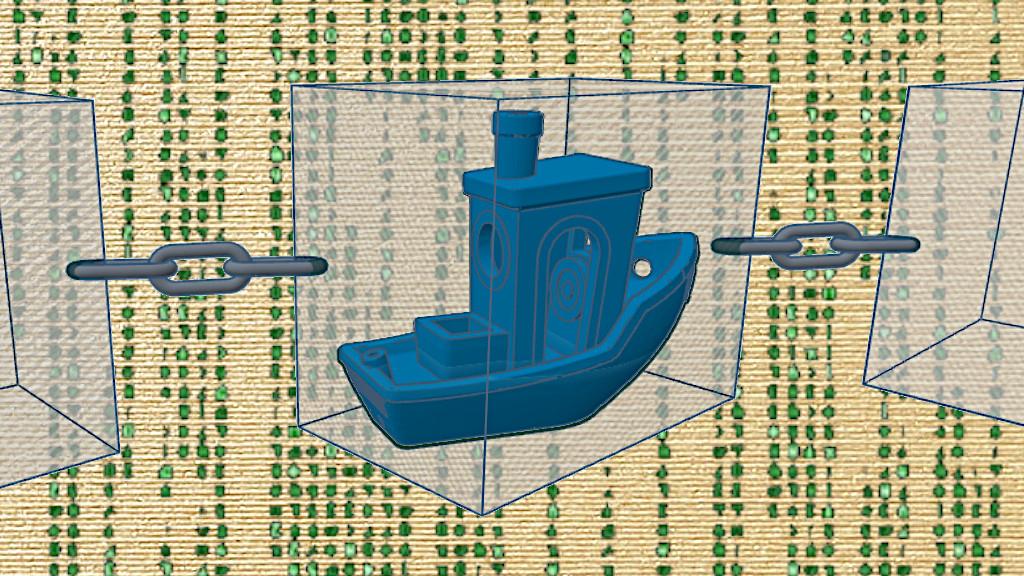
(Image: 3DWithUs)
The thumbnail is created using simple 3D to 2D tricks.
Featured 3D Model – 3DBenchy by Creative Tools.
What Would You Pay for “The One and Only” NFT 3DBenchy?
We could list at least a dozen “relic” files that are viral in 3D printing and could be traded for significant sums of money.
So, what would you pay for one and only 3DBenchy?
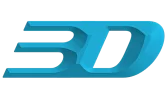
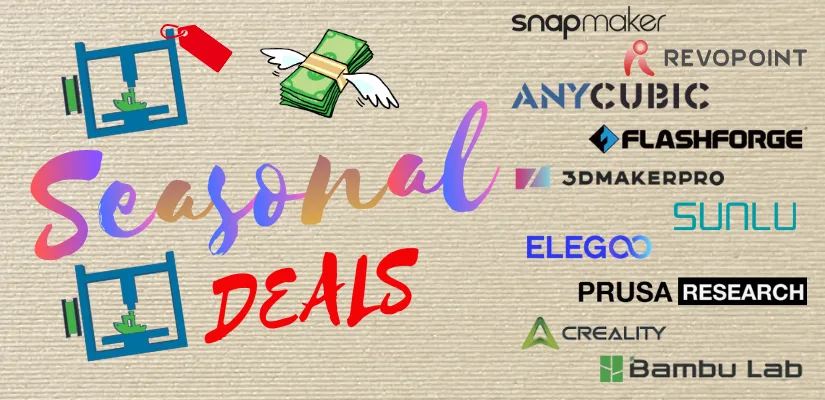

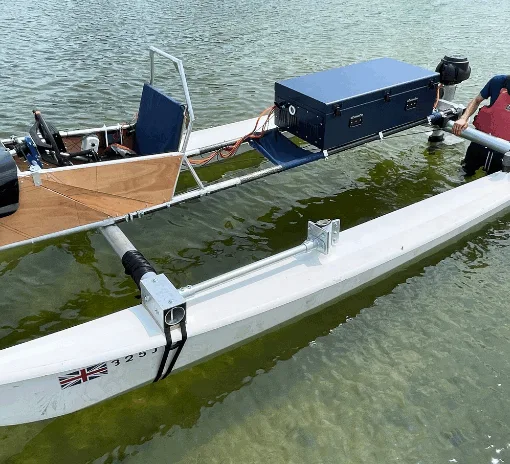
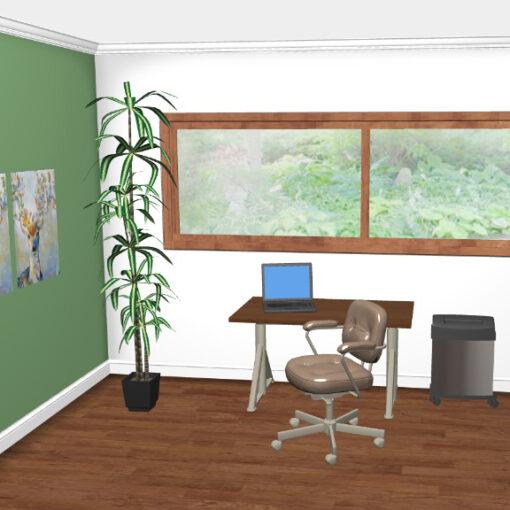
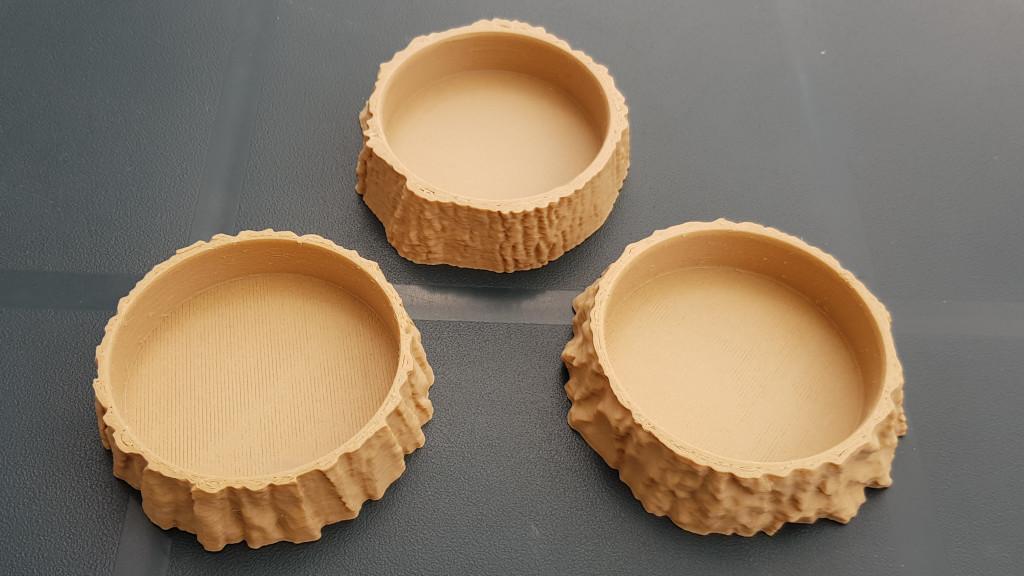
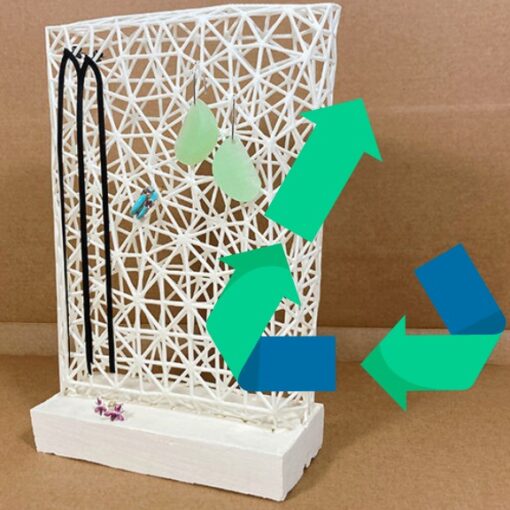
We at Mintcad are happy to announce the launch, for the first time ever of a marketplace dedicated to the 3D printable computer aided design files. Create your first 3D printable NFT: mintcad.com